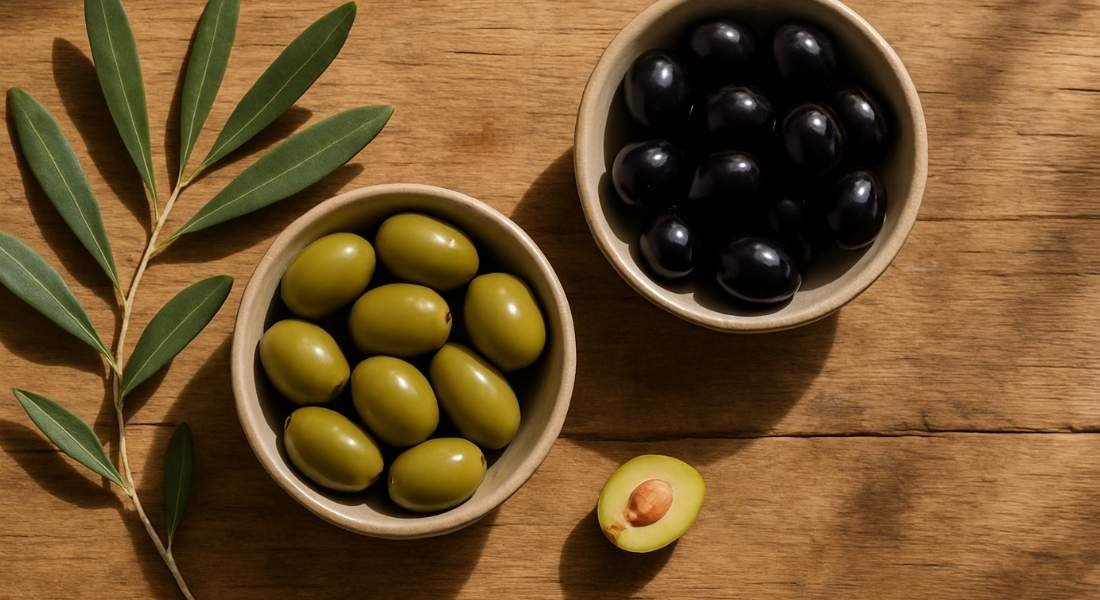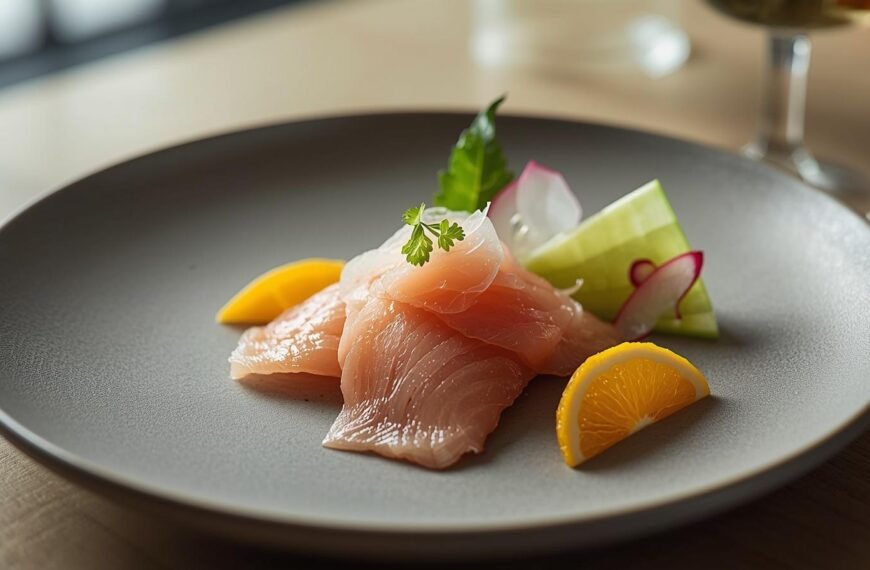You have seen olives in salads, on pizza or floating in martinis but are olives a fruit? It is a question that surprises many people because olives do not look or taste like the sweet fruits we typically imagine. Yet, from a botanical perspective, they belong to a group of fruits known as drupes.
In this guide, we’ll break down exactly what olives are, why people confuse them with vegetables, how they are processed and why understanding this matters especially if you care about nutrition, cooking or just enjoy a good olive oil drizzle. Let’s dive in.
What Exactly Is a Fruit? And What Are Olives, Really?
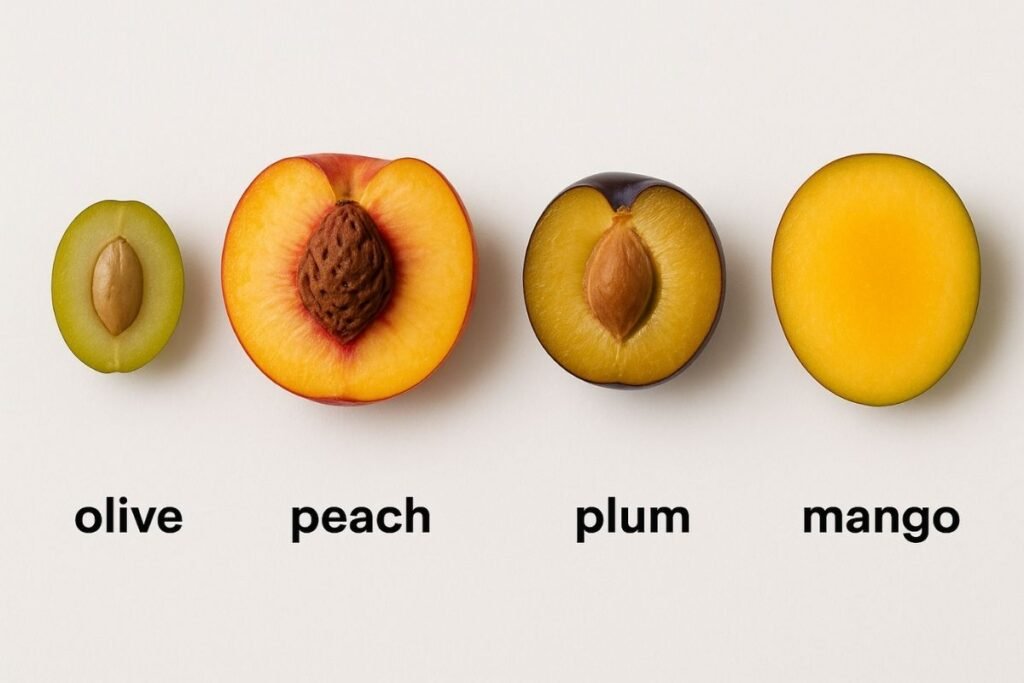
To understand if olives are a fruit, we first need to look at what defines a fruit.
The Botanical Definition
A fruit is the mature ovary of a flowering plant, typically containing seeds. In simpler terms, fruits develop from flowers and serve as vessels for seed dispersal. Think of apples, cherries, peaches and yes, even tomatoes and cucumbers.
By that definition, olives are fruits. They grow on the olive tree (Olea europaea), develop from the plant’s flower and contain a single seed inside. More specifically, olives are a type of fruit called a drupe just like peaches, plums and mangoes.
What Are Drupes?
A drupe is a fruit with:
- A fleshy outer layer (that is the part we eat)
- A single hard stone or pit inside (which holds the seed)
Olives fit perfectly into this category. So even though they are not sweet, they are technically and botanically a fruit.
Why People Confuse Olives with Vegetables
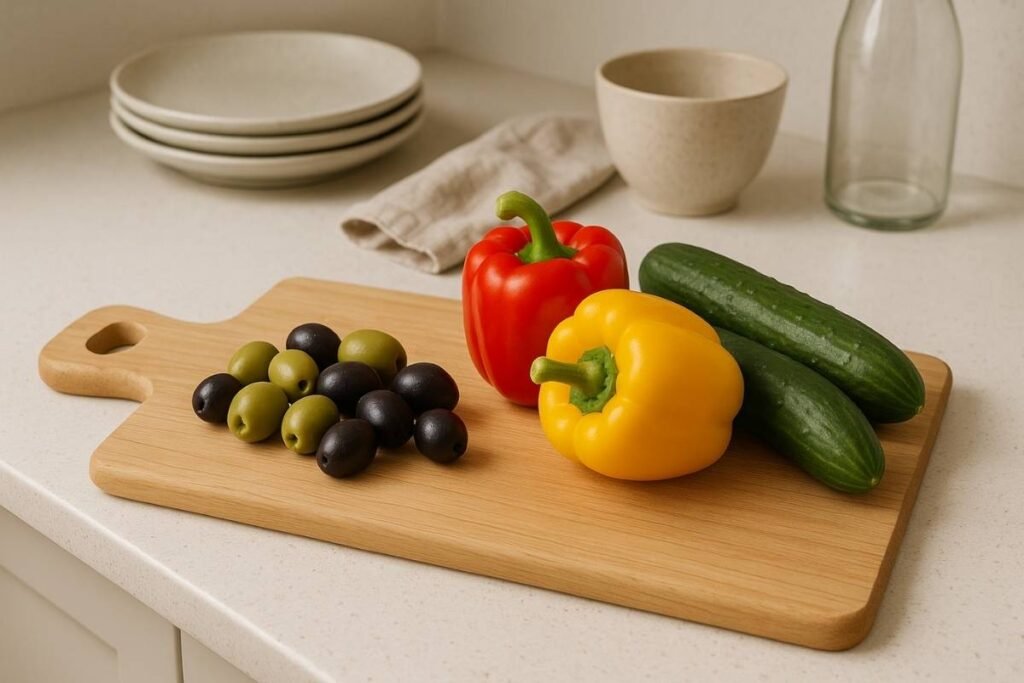
Despite being fruits, olives often get lumped in with vegetables. Why?
It’s All About Flavor and Use
We tend to associate fruits with sweetness like strawberries, bananas and grapes. But olives are savory, bitter and salty, especially when brined. That throws people off.
Plus, we cook with olives like vegetables, tossing them into pastas, sandwiches and savory dishes not desserts. This culinary context makes them feel more like veggies.
Processed and Pickled
You rarely eat olives raw (more on that soon). Most of the olives you encounter are cured or pickled, which is a common treatment for vegetables. This adds to the confusion.
In short, while the flavor and usage make olives seem like vegetables, they are fruits at their core.
Why It Matters: The Health and Culinary Benefits of Olives
Understanding that olives are fruits is not just trivia but actually it actually helps us appreciate their nutritional value, cultural importance and role in healthy eating.
Rich in Healthy Fats
Olives are packed with monounsaturated fats, especially oleic acid, which has been linked to:
- Reduced inflammation
- Lowered risk of heart disease
- Improved cholesterol levels
Antioxidant Power
They are also full of antioxidants, including:
- Vitamin E
- Polyphenols
- Flavonoids
These compounds help protect your body from oxidative stress and may even lower the risk of chronic diseases.
Gut Healthy Fermentation
Cured or fermented olives contain natural probiotics, which support gut health. Of course, this depends on how they are prepared (some commercial brands use vinegar or lye, not natural fermentation).
Essential in the Mediterranean Diet
Olives and olive oil are pillars of the Mediterranean diet, widely regarded as one of the healthiest ways to eat. That’s thanks in large part to their heart healthy fat profile and antioxidant content.
So yes, they are fruits but fruits with serious health benefits that go beyond your average apple or banana.
From Tree to Table: How Olives Are Processed
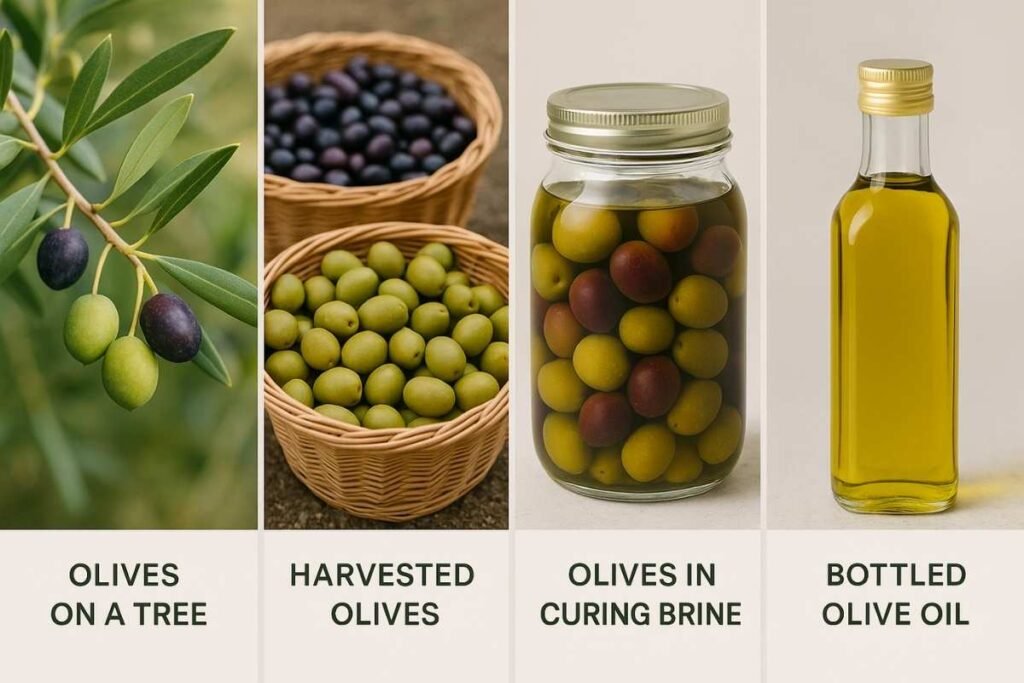
Let’s walk through how olives go from a flowering tree to the jar or bottle you enjoy at home.
Step 1: Harvesting
Olives grow on the olive tree (Olea europaea) and are harvested at different stages:
- Green olives: picked early, more bitter, firmer texture
- Black olives: picked later, riper, softer texture
Color doesn’t indicate variety because it is mostly about ripeness.
Step 2: Curing
Raw olives are extremely bitter and almost inedible right off the tree. That’s due to a compound called oleuropein. So they go through curing:
- Brining (saltwater soak): the most traditional method, often producing fermented olives
- Dry curing (with salt): removes bitterness slowly
- Lye curing: a quicker commercial method
- Water curing: uses plain water changed frequently
This process softens the olive and balances flavor.
Step 3: Packing or Pressing
Once cured, olives are:
- Packed in jars for snacking or cooking
- Or cold pressed into extra virgin olive oil, which captures the raw fruit’s nutrients and flavors
Olive oil is essentially fresh olive juice, pressed without heat or chemicals, often within hours of harvest. That is why it retains so many of the health benefits of the fruit.
Actionable Tips: How to Choose and Enjoy Olives
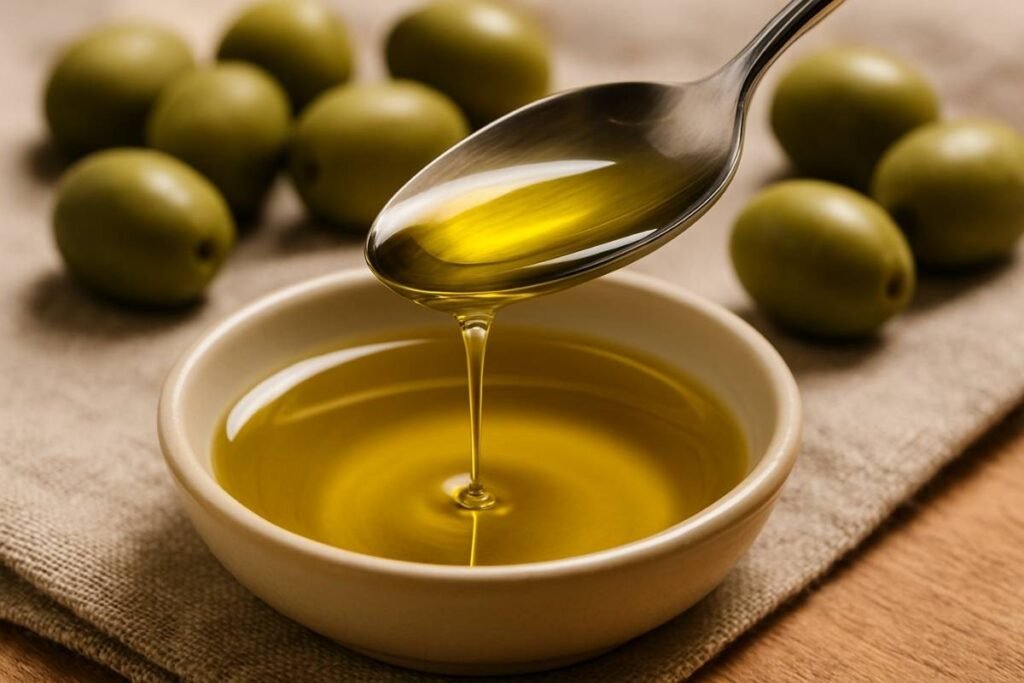
Knowing that olives are fruits opens up new ways to appreciate them in your diet. Here is how to make the most of them.
Choose Real Extra Virgin Olive Oil
Look for:
- Cold pressed
- Harvest date on the bottle
- Dark glass packaging
- Certifications like PDO, PGI or COOC
Good olive oil should smell fresh and grassy, not stale or flat.
Explore Different Olive Varieties
Each type has a distinct flavor:
- Kalamata: dark, fruity, from Greece
- Castelvetrano: bright green, buttery, from Italy
- Manzanilla: small, nutty, common in Spain
- Niçoise: tiny and tangy, perfect for salads
Try a few to find your favorite.
Don’t Fear the Fat
Olives are high in fat but it is the good kind. Use olive oil for sautéing, salad dressing or just dipping bread. Add whole olives to:
- Mediterranean bowls
- Cheese boards
- Roasted chicken dishes
You’ll be getting flavor and nutrients in one bite.
Conclusion: So, Are Olives a Fruit?
Yes, olives are a fruit, specifically a drupe, just like cherries or peaches. They grow from the flower of the olive tree and contain a single seed, meeting every botanical requirement of a fruit.
While their savory flavor and culinary use often make us think of them as vegetables, science says otherwise. More importantly, they are a unique fruit rich in healthy fats, antioxidants and culture, offering far more than meets the eye.
So next time you snack on an olive or drizzle some olive oil, you’ll know you are enjoying a fruit in disguise that is one of the healthiest and most delicious fruits in the world.
FAQs
Are olives a fruits or vegetables?
Olives are fruits, not vegetables. They grow from the flower of the olive tree and contain a seed, which classifies them as drupes that is a type of fruit with a fleshy exterior and hard pit.
Why don’t olives taste like fruit?
Most people associate fruit with sweetness, but olives are savory and sometimes bitter due to compounds like oleuropein. This unique flavor comes from natural antioxidants and is altered during the curing process.
Can you eat olives straight from the tree?
No. Raw olives are incredibly bitter and nearly inedible due to their high polyphenol content. They must be cured or fermented to reduce bitterness and make them palatable.
Is olive oil made from fruit?
Yes. Extra virgin olive oil is made from freshly harvested olives, which are fruits. The oil is extracted without heat or chemicals, making it a pure fruit juice loaded with nutrients.
Do green and black olives come from different trees?
No. Green and black olives often come from the same tree. The difference is in their ripeness is that green olives are picked earlier, while black olives are fully ripe when harvested.
What is the healthiest way to eat olives?
The healthiest way to enjoy olives is through extra virgin olive oil, which retains the nutrients and healthy fats of the fruit. Whole olives especially fermented ones also offer gut friendly probiotics.

